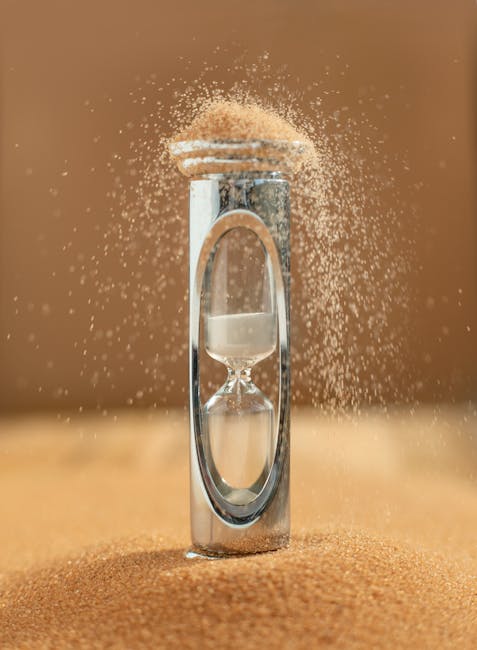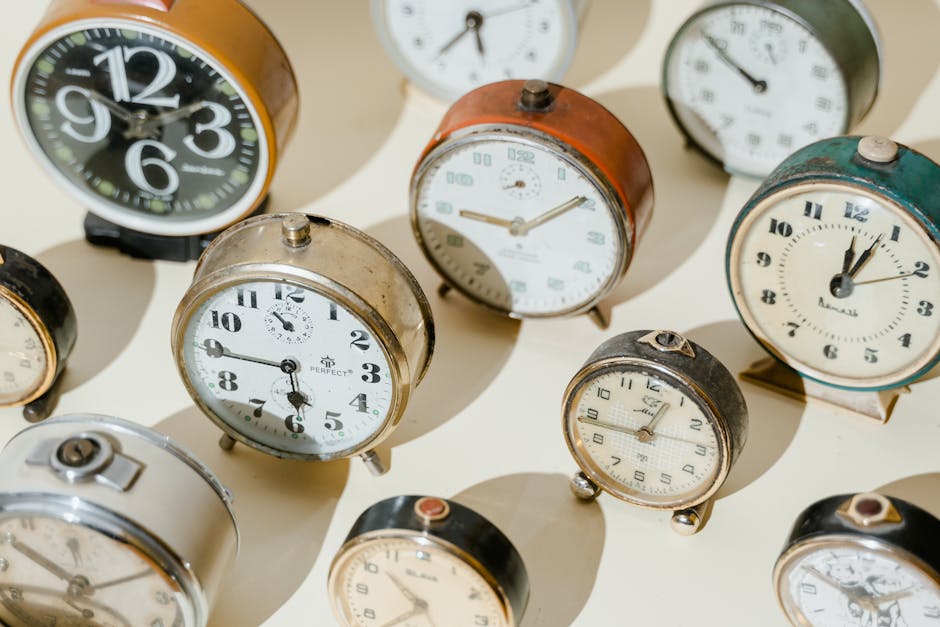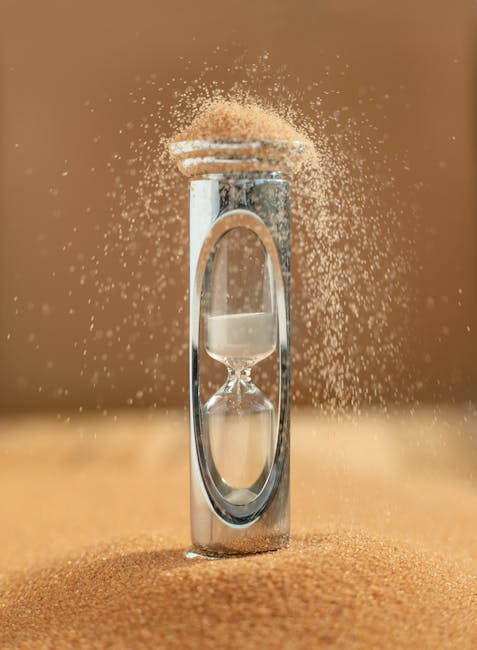Unlocking Your Second Wind: Mastering the Timing for Peak Performance
Understanding the Concept of a Second Wind
The term “second wind” often evokes images of marathon runners pushing past the wall of exhaustion, finding a renewed surge of energy to complete their race. But the phenomenon of a second wind isn’t limited to elite athletes. It’s a physiological and psychological experience applicable to any physically demanding activity, from gardening to intense workouts. Understanding the timing and triggers of your second wind can dramatically improve your performance and overall well-being.

This surge of energy isn’t magic; it’s a complex interplay of physiological changes within your body. Initially, your body relies primarily on readily available carbohydrates (glycogen) for fuel. As these stores deplete, your body begins to shift to alternative energy sources, including fat metabolism. This transition can feel challenging, marked by fatigue and a perceived inability to continue. However, with persistence, your body adapts, triggering the release of endorphins and other hormones that contribute to that invigorating feeling of a second wind.
The Physiology of a Second Wind: A Deeper Dive
Several physiological factors contribute to the experience of a second wind. These include:

- Improved Cardiovascular Efficiency: As your body adapts to the exertion, your heart rate and breathing become more efficient. Your circulatory system becomes more adept at delivering oxygen and nutrients to your muscles, reducing the sensation of fatigue.
- Metabolic Shift: The switch from primarily carbohydrate metabolism to fat metabolism, while initially challenging, eventually leads to a more sustainable energy supply. Fat stores are significantly larger than glycogen stores, offering a more prolonged fuel source.
- Endorphin Release: The body releases endorphins during physical exertion, which act as natural pain relievers and mood elevators. These endorphins contribute to the feeling of well-being and renewed energy that often accompanies a second wind.
- Lactate Clearance: Lactic acid buildup can lead to muscle fatigue and burning sensations. As your body adapts, it becomes more efficient at clearing lactate, reducing these unpleasant sensations and allowing for sustained effort.
Factors Affecting Second Wind Timing
The timing of your second wind varies greatly depending on several factors:
- Fitness Level: Highly trained individuals often experience their second wind sooner and with less struggle than those who are less fit. Regular training improves cardiovascular efficiency, metabolic processes, and lactate clearance.
- Intensity of Activity: The more intense the activity, the longer it may take to reach your second wind. Moderately intense exercise can sometimes lead to a more gradual and less noticeable surge of energy.
- Nutritional Status: Adequate carbohydrate intake before, during, and after activity can delay the onset of fatigue and facilitate a more readily attainable second wind. Proper hydration is also critical.
- Mental Fortitude: Mental resilience plays a significant role. Believing in your ability to persevere and focusing on your goals can help you push through the initial fatigue and reach your second wind.
- Environmental Factors: Heat, humidity, and altitude can all impact your body’s ability to regulate temperature and deliver oxygen, potentially delaying the onset of your second wind.
Strategies for Optimizing Second Wind Timing
Pre-Activity Preparation
Proper preparation can significantly influence when you experience your second wind. This includes:

- Proper Nutrition: Consume a balanced diet rich in carbohydrates for sustained energy. Consider consuming a small carbohydrate-rich snack about 30-60 minutes before your activity.
- Hydration: Drink plenty of water in the hours leading up to your activity. Dehydration can significantly impair performance.
- Warm-up: A thorough warm-up prepares your muscles and cardiovascular system for exertion, making the transition to higher intensity smoother.
During Activity
During the activity itself, strategies include:
- Pacing: Avoid starting too fast. Maintain a sustainable pace that allows you to conserve energy for the later stages.
- Breathing Techniques: Deep, controlled breathing can help regulate your heart rate and oxygen intake, delaying fatigue.
- Mental Strategies: Focus on your goals, break down the activity into smaller segments, and use positive self-talk to maintain motivation.
- Nutrition Strategies: For longer activities, consider consuming carbohydrates and electrolytes to replenish energy stores and maintain hydration.
Post-Activity Recovery
Post-activity recovery is crucial for optimizing future second winds:
- Cool-down: A gentle cool-down helps to gradually reduce heart rate and prevent muscle soreness.
- Nutrition and Hydration: Replenish glycogen stores and fluids lost during the activity.
- Rest and Recovery: Allow your body adequate time to recover to prevent overtraining and injury.
Second Wind Beyond Physical Exertion
The concept of a second wind isn’t limited to physical activity. The principle of pushing through initial challenges to achieve a renewed sense of energy and focus applies to various aspects of life, including:
- Work Projects: Facing a daunting task? Breaking it into smaller, manageable steps and focusing on short-term goals can help you overcome initial inertia and find renewed motivation.
- Creative Endeavors: Writer’s block or creative fatigue? Taking a break, changing your environment, or exploring different approaches can often lead to a surge of inspiration and renewed creativity.
- Personal Goals: Struggling to achieve a personal goal? Reframing your mindset, seeking support, and breaking the goal down into smaller steps can help you regain momentum and reach your desired outcome.
Conclusion: Harnessing the Power of Your Second Wind
Understanding the timing and triggers of your second wind, both physically and mentally, is a valuable skill. By employing the strategies outlined above, you can improve your performance in athletic endeavors, enhance your productivity in work and creative pursuits, and achieve your personal goals with renewed vigor. Remember, the feeling of a second wind is a testament to your body’s resilience and your own determination. Embrace it, learn from it, and use its power to achieve your full potential.




